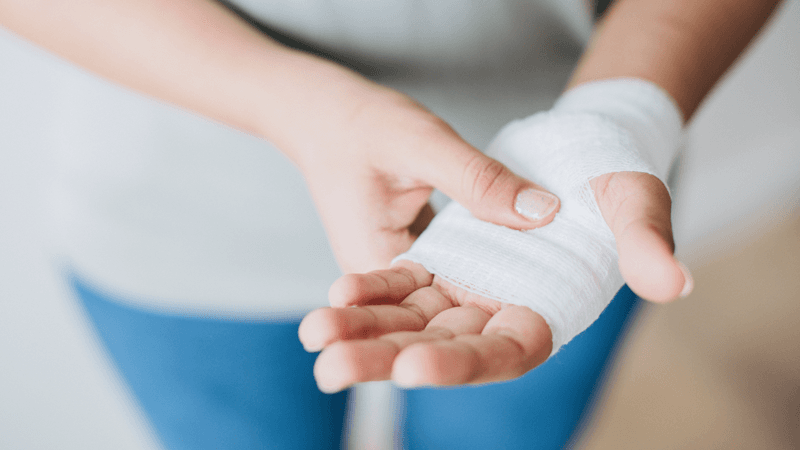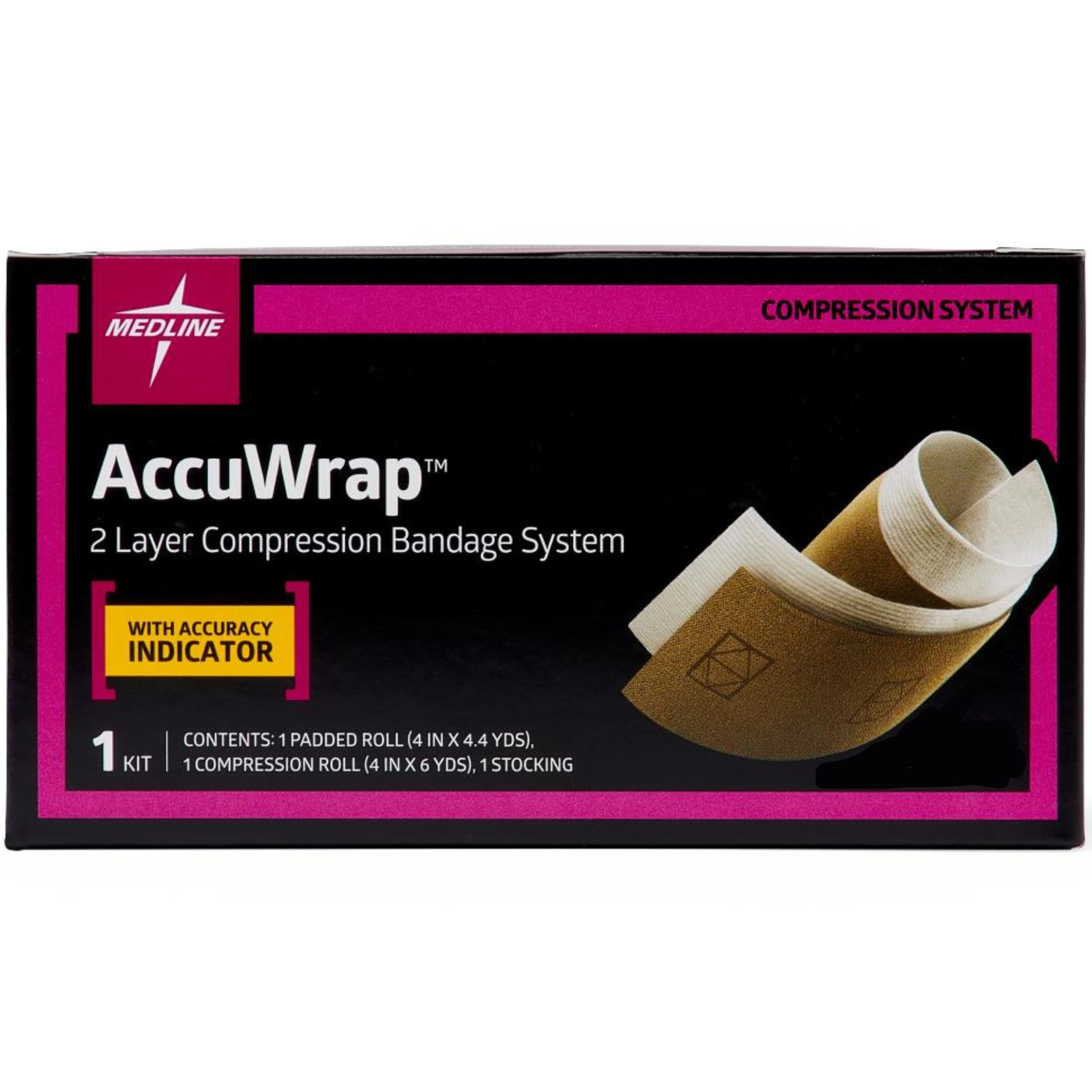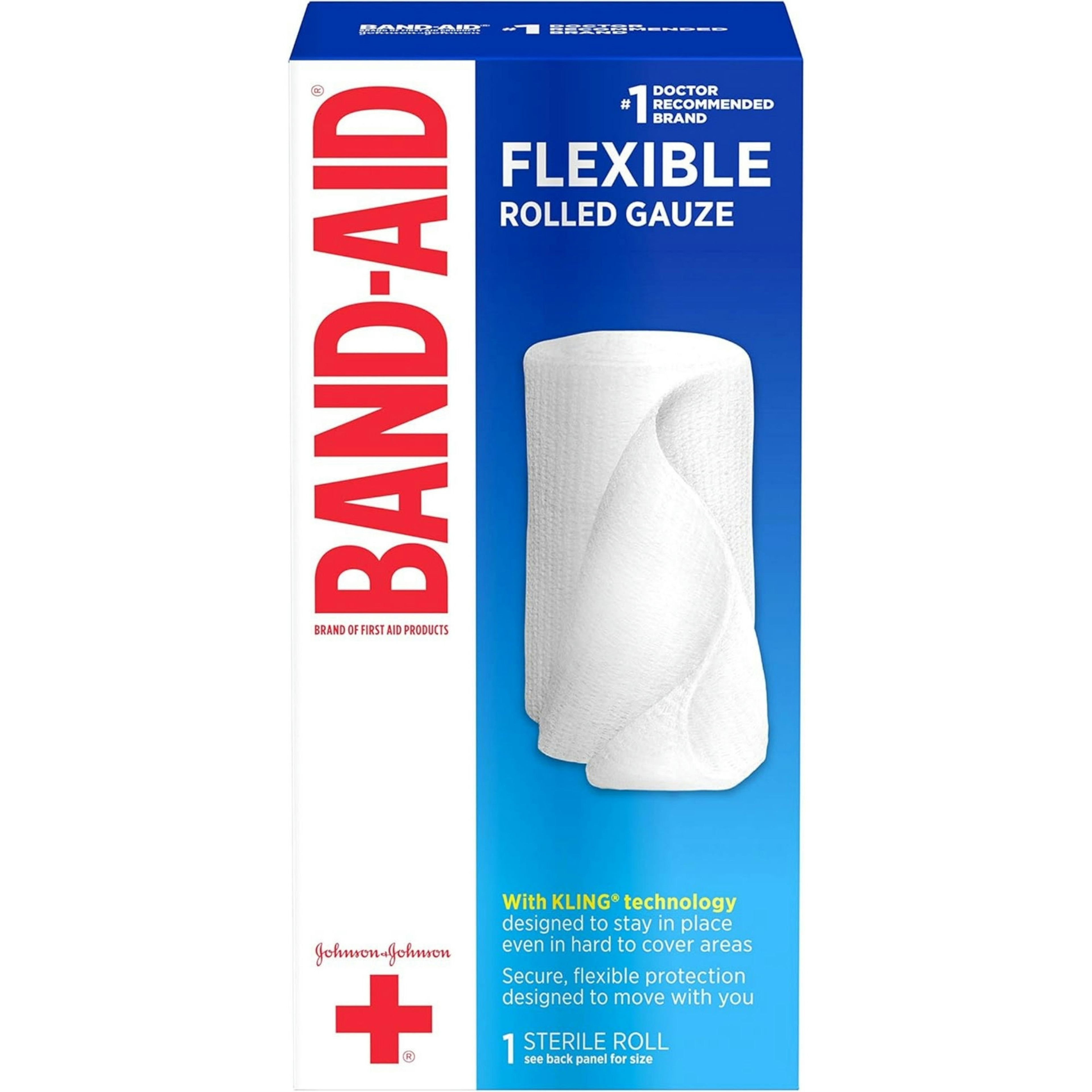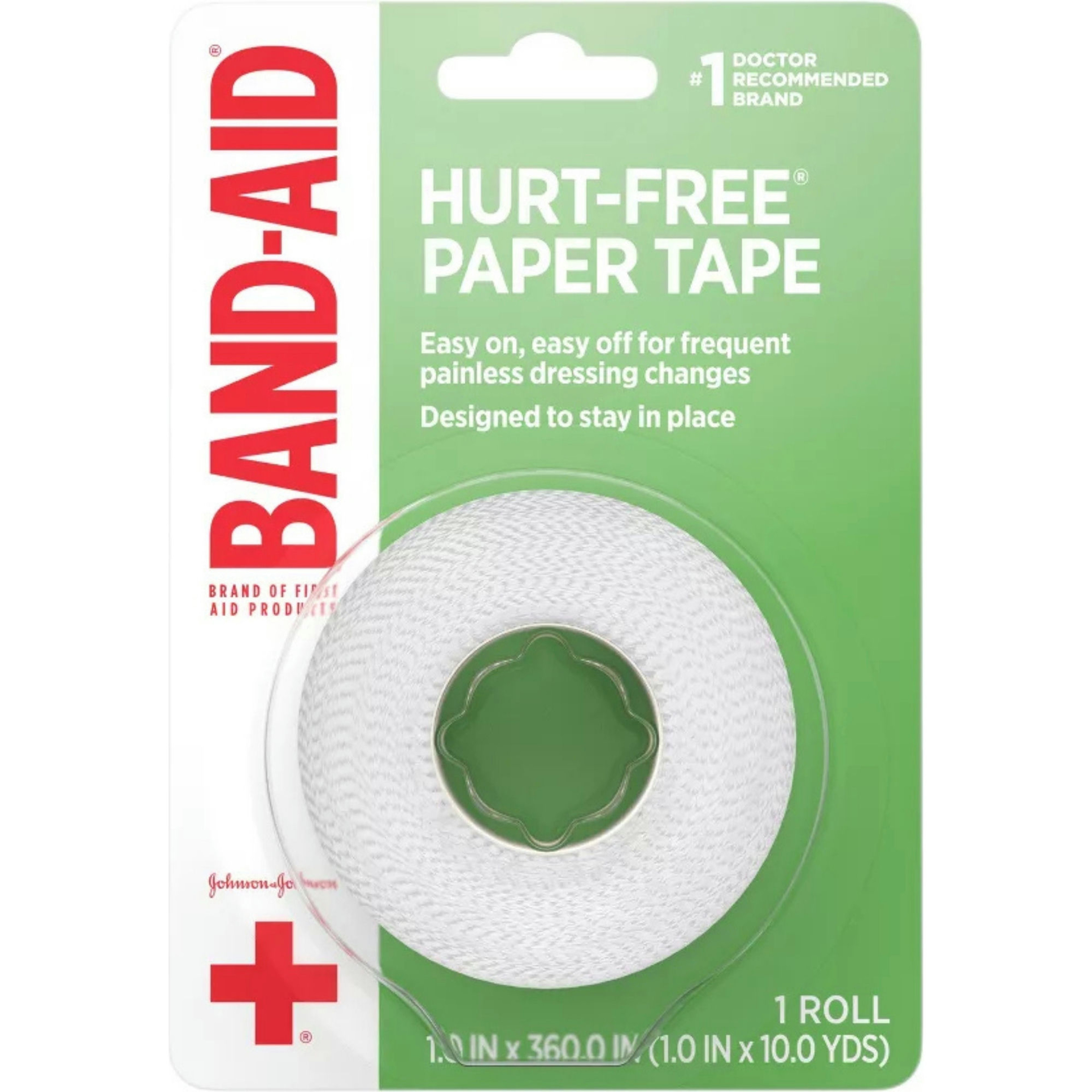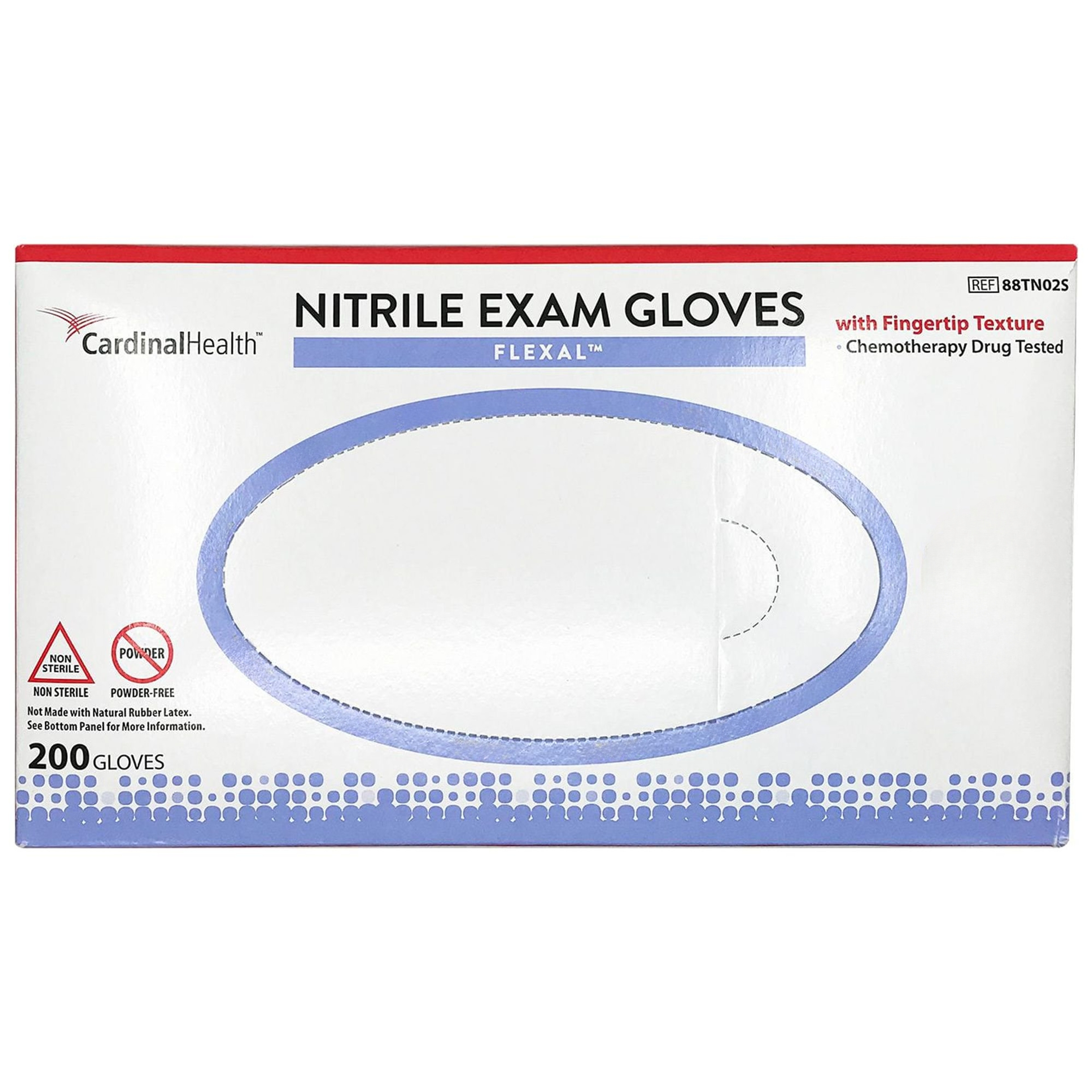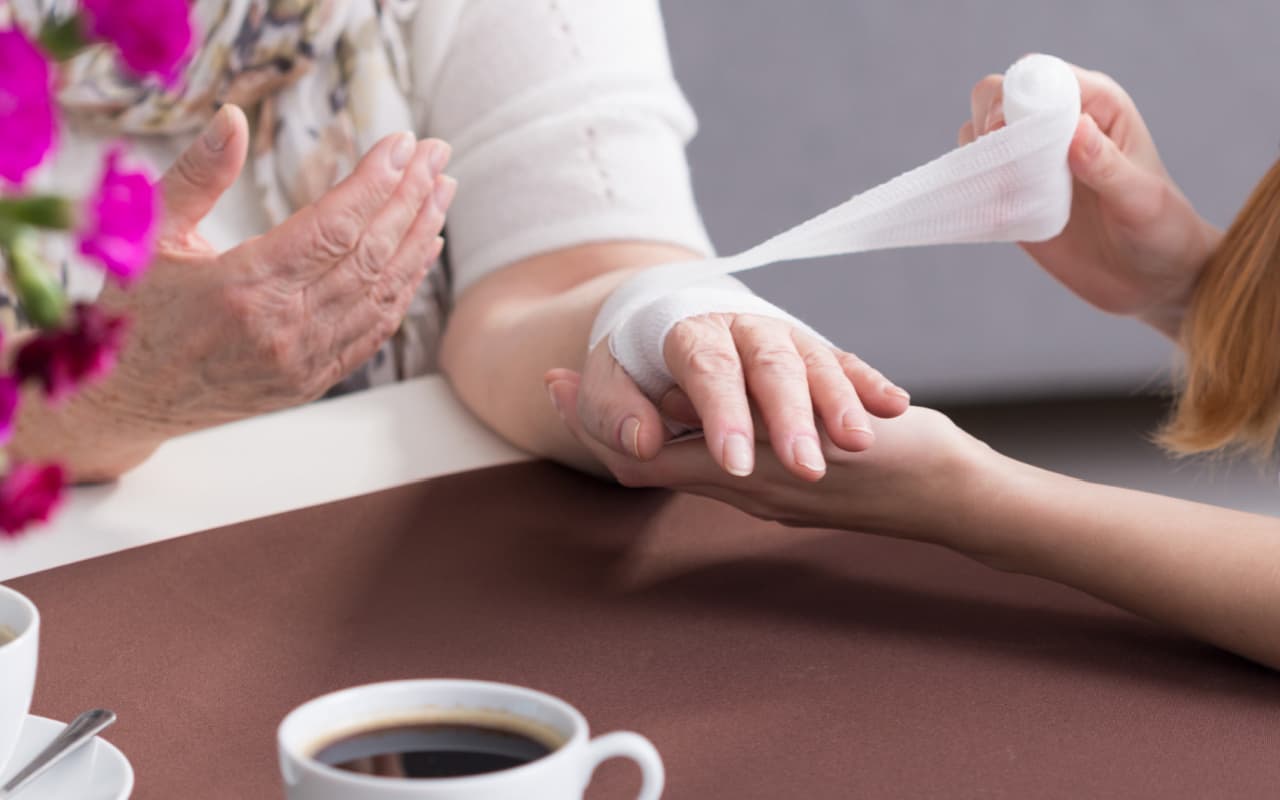Our skin is an amazing organ, acting as our body's first line of defense. It tirelessly protects us from bacteria, regulates our temperature, and shields us from physical harm and environmental aggressors. But when this vital barrier is compromised—whether by scrapes, cuts, burns, or bruises—it can lead to issues like infections, rashes, or even bedsores if not properly addressed.
Caring for someone with wounds at home can feel daunting, especially if you don't have a medical background. But here at Carewell, we believe that understanding the basics can make all the difference. We've created this comprehensive guide to equip you with the knowledge and confidence to provide effective wound care.
Understanding different types of wounds
1. Bed sores (pressure ulcers)
What they are: These skin injuries often affect individuals who are bedridden or have limited mobility. They typically develop on pressure points like the back, hips, heels, elbows, and buttocks.
Prevention is key: The best way to prevent bedsores is to reposition the person you're caring for at least every two hours. This simple action alleviates prolonged pressure on one area and is your most effective defense against these painful ulcers.
2. Bruises
What they are: Bruises are caused by impact trauma to the skin and underlying tissues, resulting in discoloration and tenderness. As we age, our skin naturally thins and becomes more fragile, making it more susceptible to bruising from everyday friction or pressure.
Action step: Practice extra care when bathing, dressing, and repositioning to protect delicate skin from bruising.
3. Cuts
What they are: Cuts range from minor nicks to deeper lacerations, each requiring different levels of care. For individuals with delayed healing capabilities (due to age or underlying health conditions), even a small cut can quickly lead to infection if not treated appropriately.
Action step: Perform daily skin inspections to get a good baseline for overall skin condition. This helps you quickly notice if a cut has occurred and address it promptly.
Your essential home wound care kit
Many common skin issues can be treated at home, especially when identified early. We recommend keeping these essential supplies on hand for your home wound care kit:
Adhesive bandages
Perfect for covering small cuts and scrapes, protecting them from bacteria and friction.
Sterile Gauze Pads
These absorb blood and protect larger wounds that standard bandages can't cover. Keep both regular and non-stick gauze on hand.
Paper Adhesive Tape
Essential for securing gauze pads and other dressings in place.
Antiseptic Wipes / Solution
Used for cleaning wounds before applying a dressing. Look for products with "hypochlorous acid," which helps kill harmful bacteria without irritation.
Antibiotic Ointment
Apply these to prevent infection and protect wounds. Common brands include Bacitracin and Neosporin.
Hydrocolloid Dressings
Ideal for bedsores, pressure ulcers, and wounds that benefit from a moist healing environment.
Elastic Bandages
These are great for securing gause dressings or stabilizing sprains.
Medical Gloves
Always wear gloves when dressing or treating wounds to ensure good hygiene and prevent the spread of bacteria.
Shop All First Aid & Wound Care Supplies
Shop First Aid & Wound Care on Carewell
Preventing wounds from worsening
Once a wound occurs, diligent care is crucial to promote healing and prevent complications.
Regular cleaning: Properly clean wounds with an antiseptic to remove debris and reduce the risk of infection.
Keep wounds covered: Use appropriate dressings to protect wounds from dirt and bacteria.
Change dressings frequently: Replace dressings regularly, especially if they become wet or dirty, to maintain a clean healing environment.
Monitor for signs of infection: Keep a close eye on the wound for any unusual changes. Prompt attention can prevent more serious issues.
Manage pressure (for bedsores): For bedsores, continue to change your loved one's position at least every two hours to relieve pressure on bony areas.
Maintain good hygiene: Always ensure your hands and any tools used for wound care are clean to prevent introducing bacteria.
Consult professionals: When in doubt, don't hesitate to reach out to healthcare professionals for advice or when you notice concerning symptoms.
How to know when to contact a doctor for wound treatment
It's crucial to seek professional medical help if you notice any of the following signs:
Wound not healing/worsening: If a wound doesn't show signs of improvement within a few days or appears to get worse, it could signal a problem. This includes persistent pain, increased swelling, or changes in color.
Signs of infection: Be vigilant for these common indicators:
Increased redness or swelling: Noticeable and persistent redness or swelling around the wound.
Warmth: The area around the wound feels warm to the touch.
Foul odor: A bad smell coming from the wound.
Drainage/discharge: Pus or other unusual discharge from the wound.
Fever: A fever can indicate that an infection has spread. If your loved one has a temperature above 100.4°F (38°C), consult a healthcare provider immediately.
Questions about wound care supplies? Call us!
By being proactive and attentive, you can effectively manage wounds at home and help ensure a smoother healing process. Carewell is here to support you with high-quality products and advice. For any questions or specific needs, call or email at 800-696-2273 or support@carewell.com. Our team is available to help you.

